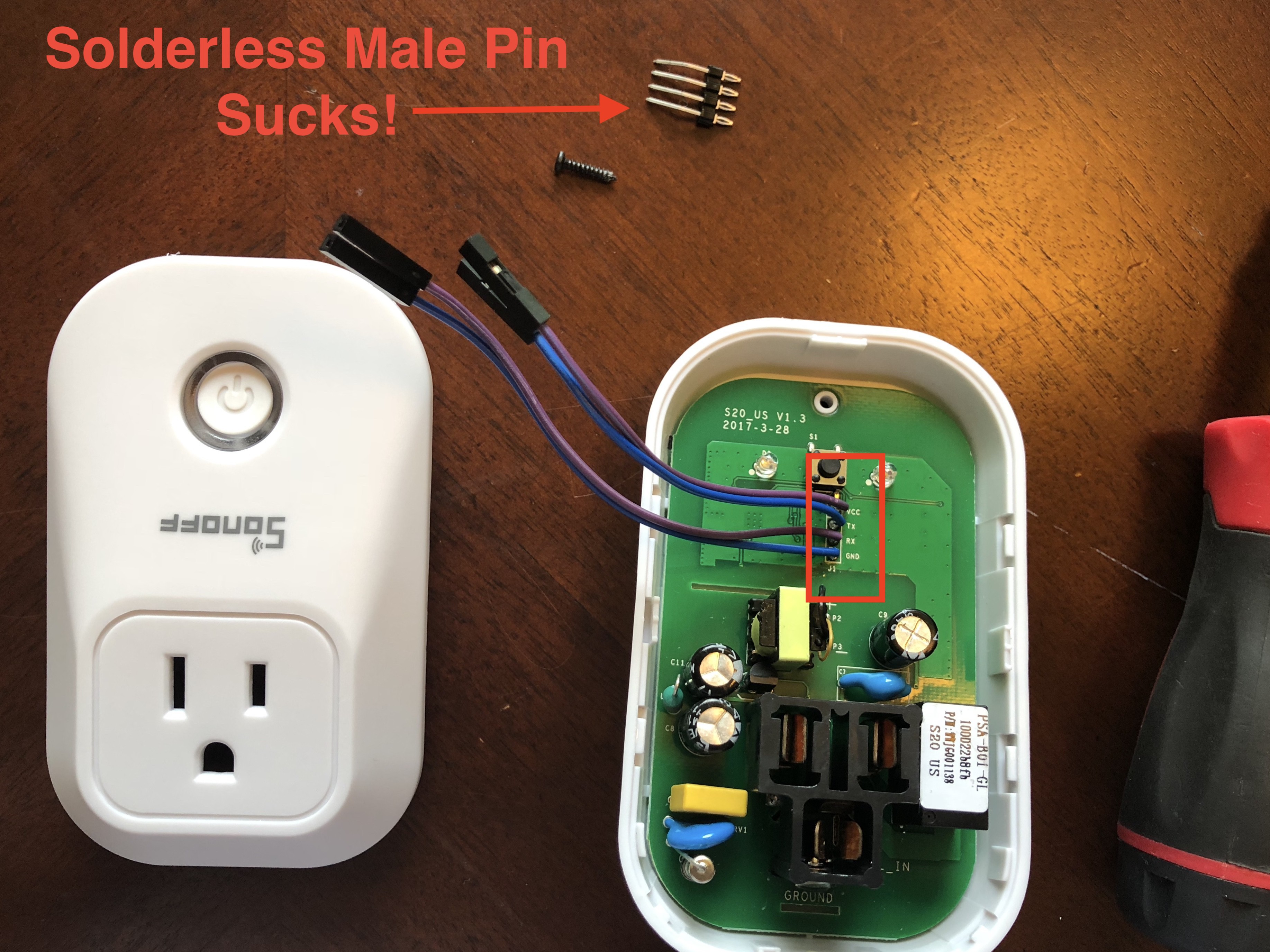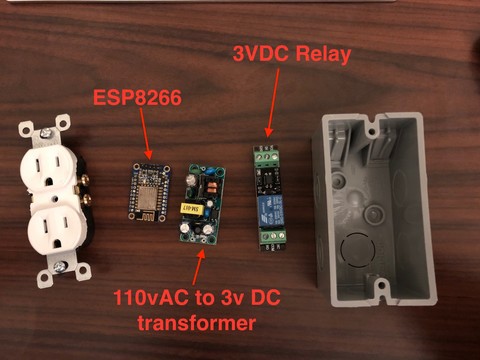- A generic ESP8266 RESTful software library framework bREST is developed.
- A DIY version smart WIFI power plug is created as a prototype.
- A cheaper ready-made Sonoff S20 is modified to run a customized firmware built from bREST.
RESTful smart power plug
An open communication protocol smart power plug
 Ricky Zhang
Ricky Zhang


The videos are down could you re upload them?